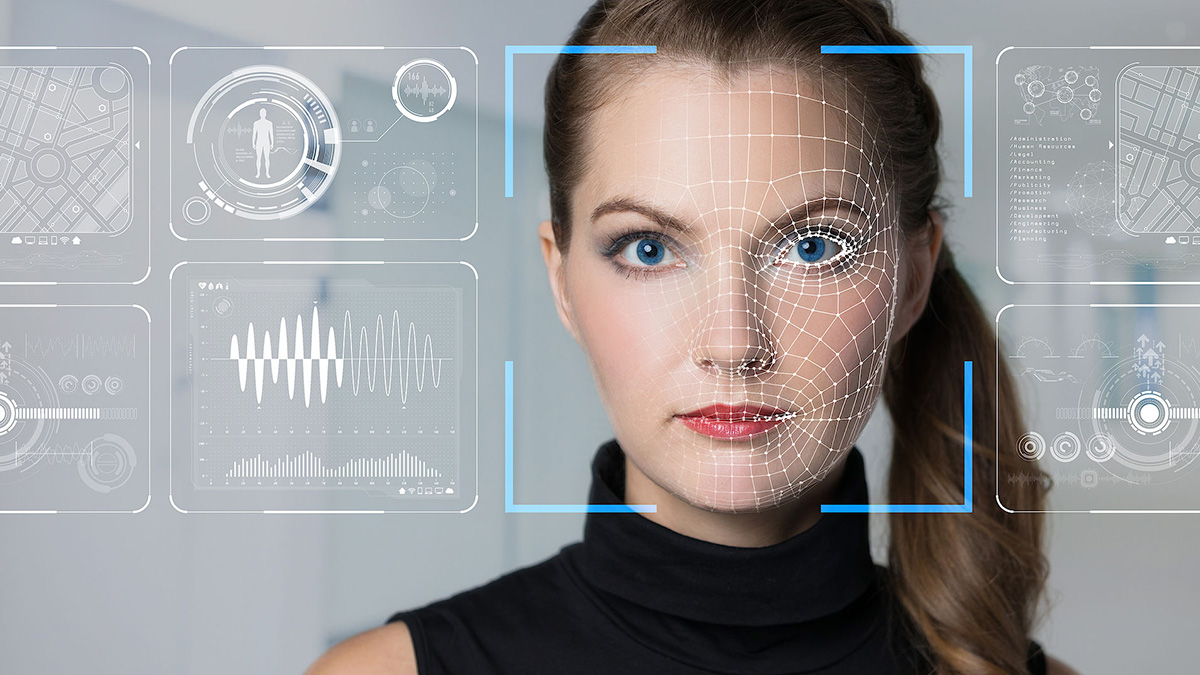Recently, there has been widespread discussion about Artificial Intelligence, Machine Learning, Deep Learning, and Big Data. These technologies find application in various domains such as the financial industry, logistics, business analysis, unmanned vehicles, computer vision, natural language processing, and more, permeating every facet of daily life.
In the realm of technology-driven industries, the notion of the Internet of Things (IoT) has progressively taken shape. It has seamlessly integrated with prominent trends such as big data and artificial intelligence (AI) to give rise to the burgeoning field of AIoT (AI+IoT). This synergy involves sensor detection, where environmental information is collected and transmitted to cloud servers. Through extensive data analysis in big data databases and AI deep learning, various "smart" applications emerge, offering users more efficient and rapid services. The advent of facial recognition and AI technologies in mobile phones has sparked renewed interest in facial recognition technology, extending its application to access control, surveillance, finance, and retail industries.
Facial Recognition: A Brief Overview
Facial recognition systems employ biometrics to map facial features from photographs or videos, matching them with a database. This technology serves as a means of human identity verification.
Embracing the Digital Imaging Era with Face Recognition
Implementing smart identification technology involves considerations beyond the initial equipment costs. Practicality, public acceptance, and the transformative benefits of new technologies must be assessed. In identity recognition technology, accuracy is paramount, particularly in high-security fields like access control, finance, and information technology. Biometric identification, especially facial recognition, offers the advantage of unique physiological characteristics, enhancing convenience and security compared to traditional methods.
Facial Recognition Technology Advancements
Continuous advancements in cameras and backend processing have made high-resolution cameras more accessible. The efforts of the research and development industry have significantly improved the accuracy and speed of facial recognition technology. In the financial industry, facial recognition is used for user identity confirmation and to provide tailored professional services. In retail, it aids in customer analysis, allowing for a more precise commercial marketing model. Unmanned stores utilize facial recognition for checkout and payment processes.
Fundamentals of Facial Recognition Technology
Facial recognition involves verifying identity based on image analysis. The clarity of facial images significantly impacts the system's effectiveness. The introduction of face maps, extracted through AI deep learning, enhances the accuracy of recognition. The core of face recognition lies in AI technology, requiring continuous input of image data for improved analysis capabilities.
Diverse Applications Based on Identity Recognition
Facial recognition technology finds extensive application in security surveillance, medical, retail, and financial fields. In architecture, it extends beyond access control to include various intelligent settings related to personal identity. The advantages of facial recognition include widespread applications, non-contact functionality, uniqueness, and lower implementation costs.
Challenges and Future Prospects
However, facial recognition has limitations, including potential changes in facial features over time and concerns about privacy infringement. Differentiating between a photo and a real person remains a challenge. The future focus is on strengthening algorithms to enhance recognition accuracy, addressing privacy concerns, and building trust in facial recognition technology.







.jpg)






